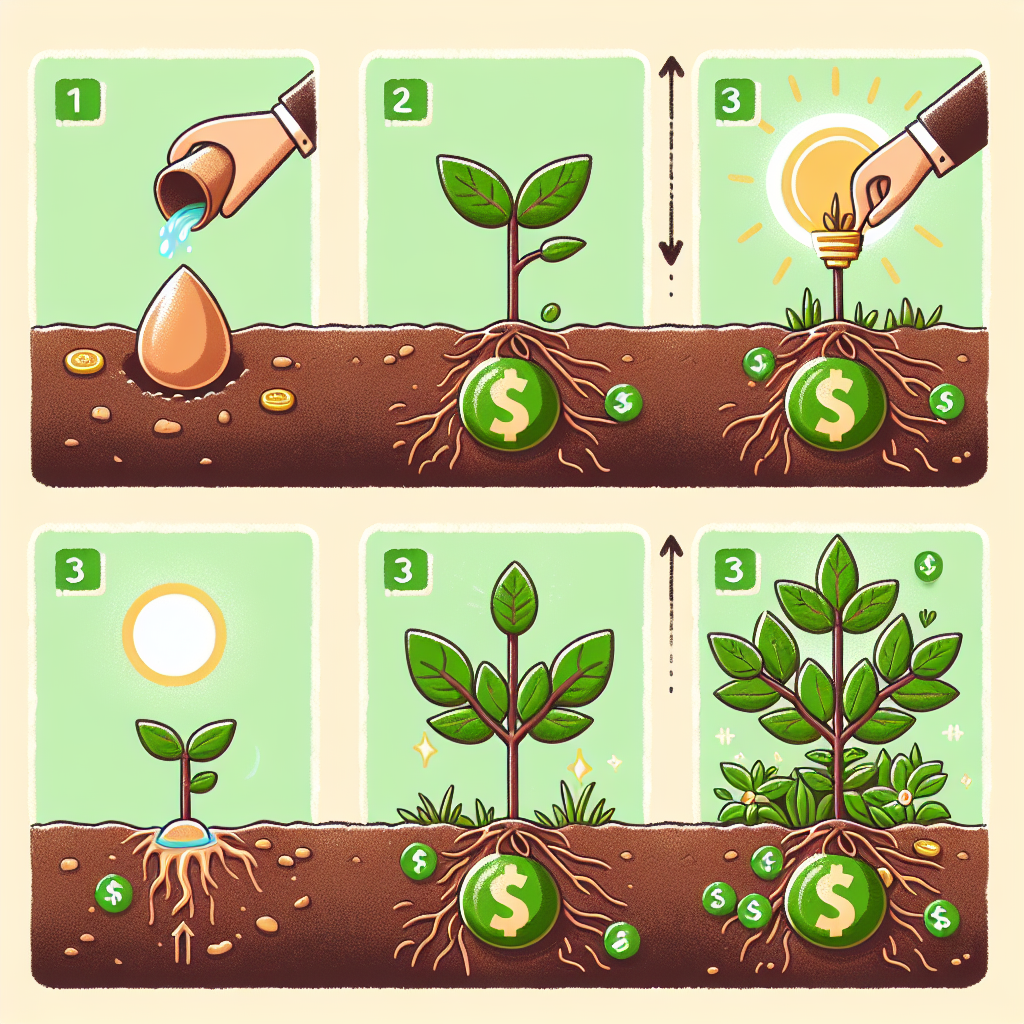
How to grow money plant
How to Grow Money Plant: A Comprehensive Guide
The money plant, also known as *Pothos* or *Epipremnum aureum*, is a popular indoor plant cherished for its air-purifying properties and aesthetic appeal. Its lush green leaves and climbing vines make it an excellent choice for home decor. In this article, we will cover everything you need to know about cultivating a thriving money plant.
Understanding the Money Plant
The money plant is famous not just for its beauty but also for its ease of care. It’s considered a symbol of good luck and prosperity in many cultures, leading to its popularity in households and offices. Here are some key characteristics of the money plant:
- Hardy Plant: Tolerates a range of indoor conditions.
- Air Purifier: Known for filtering indoor air pollutants.
- Versatile Growth: Can grow in soil, water, or as a hanging plant.
Choosing the Right Environment
Creating the ideal environment is crucial for successful growth. Here are some factors to consider when establishing the perfect home for your money plant:
- Light: Prefers bright, indirect sunlight. Direct sunlight can scorch its leaves.
- Temperature: Thrives in temperatures between 60°F to 80°F (15°C to 27°C).
- Humidity: Enjoys a humid environment, but can adapt to average room humidity.
Starting with a Healthy Plant
To maximize your chances of success, choosing a healthy specimen is essential. Whether you are starting from seeds, cuttings, or purchasing a fully grown plant, pay attention to the following:
- Look for vibrant, green leaves without brown tips or yellowing.
- Examine the roots; they should be firm and white.
- Avoid plants with signs of pests, such as webbing or visible insects.
Methods for Propagating Money Plant
Money plants are incredibly easy to propagate. You can grow new plants from cuttings or seeds, depending on your preference. Below are the common methods of propagation.
Propagating from Cuttings
One of the most common ways to grow a money plant is through cuttings:
- Choose a healthy stem with at least 4-6 leaves.
- Using clean, sharp scissors, cut just below a node (the part of the stem where leaves develop).
- Place the cutting in water, ensuring that the node is submerged.
- Change the water every few days to keep it fresh.
- Once you see roots growing (usually within 2-4 weeks), you can transplant the cutting into soil.
Starting from Seeds
Though less common, you can also propagate your money plant from seeds, which can be found in specialized gardening stores:
- Prepare a seed-starting mix in a small container.
- Sow the seeds lightly on the surface and cover them with a thin layer of soil.
- Water the soil gently to keep it moist but not soggy.
- Place the container in a warm location with indirect sunlight.
- Seeds usually germinate within 10-14 days.
Caring for Your Money Plant
Once your money plant is growing, maintaining its health is vital for its continued development. Here are essential care tips:
Watering
Proper watering is crucial for the money plant, as both overwatering and underwatering can lead to problems:
- Frequency: Water when the top inch of soil feels dry.
- Method: Water thoroughly, allowing excess to drain from the bottom.
- Signs of Overwatering: Yellowing leaves and root rot.
- Signs of Underwatering: Wilting leaves and dry soil.
Feeding Your Money Plant
Fertilizing your money plant can help it grow more vigorously:
- Type: Use a balanced houseplant fertilizer.
- Frequency: Fertilize every 4-6 weeks during the growing season (spring and summer).
- Dilution: Always dilute the fertilizer to half the recommended strength to avoid burning the plant.
Pruning and Training
Pruning helps in maintaining the desired shape and encourages bushier growth:
- When to Prune: Prune in spring when the plant is actively growing.
- How to Prune: Cut back long vines to a node to encourage new growth.
- Training: Use trellises or hoops to train the plant to climb.
Potting and Repotting
Repotting your money plant is necessary for its growth:
- When to Repot: When you notice roots growing out of the drainage holes or every 1-2 years.
- Choosing a Pot: Go for a pot that is 1-2 inches larger in diameter than the current one.
- Soil: Use a well-draining potting mix to prevent root rot.
Common Problems and Solutions
While money plants are generally low-maintenance, they are susceptible to a few problems:
Pest Infestations
Common pests include spider mites, mealybugs, and aphids. Here’s how to address them:
- Identification: Check the undersides of leaves for small insects.
- Solution: Wipe leaves with a damp cloth or use insecticidal soap.
Diseases
Fungal infections, such as root rot, may occur due to overwatering:
- Signs: Yellowing leaves and a musty odor from the soil.
- Solution: Allow the plant to dry out and remove affected roots.
Conclusion
Knowing how to grow money plant can lead to a flourishing home environment filled with greenery. Their adaptability, ease of care, and air-purifying qualities make them an ideal choice for both novice and experienced gardeners alike. Follow the guidelines mentioned above to ensure your money plant thrives and brings good fortune to your space.
“Planting a plant is a form of hope; let’s cultivate that hope!”
With the right care and nurturing, your money plant can become a beautiful centerpiece in your home or office, reminding you of the calmness and tranquility that green living brings.
By Guest, Published on August 26th, 2024